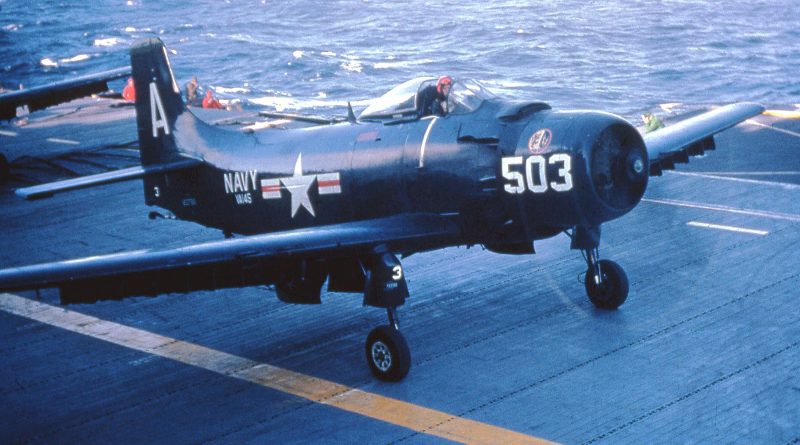July 26 in U.S. military history
1861: Brig. Gen. Irvin McDowell’s 35,000-man army departs Washington, D.C., marching to meet Gen. P.G.T. Beauregard’s Confederate force assembled along Bull Run some 25 miles away. Just weeks ago, McDowell was a major and now leads the largest field army assembled in North America to that point.
1941: Pres. Franklin D. Roosevelt recalls Douglas MacArthur from retirement, naming the former general Commander of U.S. Army Forces in the Far East. Roosevelt also freezes Japanese assets on this day and forbids the export of oil and other war materiel to Japan. Adm. Husband E. Kimmel, commander of the Pacific Fleet, orders bases to begin long-range patrols in the event of an aggressive Japanese response.
1945: The cruiser USS Indianapolis (CA-35) arrives in Tinian after a secret 5,000-mile voyage from San Francisco, delivering parts for the Little Boy atomic weapon that will be dropped on Hiroshima. Pres. Harry S. Truman advises Japan that if they do not surrender, they will face “prompt and utter destruction.”
Meanwhile on Guam, Capt. Louis H. Wilson Jr. of the 2d Battalion, 9th Marines is tasked with taking a section of Fonte Hill. His company fights through 300 yards of “terrific” machinegun and rifle fire and secures the objective. Still under heavy enemy fire, Wilson organizes a night defense of the newly captured position and seeks medical attention after being wounded three times during the action. When the Japanese defenders launch a savage counterattack, Wilson rejoins his unit.
During the series of fanatical Japanese counterattacks that lasted 10 hours and at times came down to hand-to-hand combat, Wilson and his tenacious men held the line. After racing across fire-swept terrain to rescue a wounded Marine, Wilson organized a 17-man patrol to take a strategic slope. Heavy enemy mortar, machinegun, and rifle fire cut down 13 of his Marines, but Wilson and his men kept charging forward and captured the position. When the fighting was over, 350 Japanese bodies littered the battlefield and the Marines had the high ground. Wilson, who later served in Vietnam before becoming the 26th Commandant of the Marine Corps, is awarded the Medal of Honor.

1947: The National Security Act of 1947 – the law reorganizing the post-World War II national defense/intelligence structure of the United States – is passed, establishing the Department of Defense, the National Security Council, and the Central Intelligence Agency. The Act, which will become effective Sept. 18, is considered to be the most sweeping reorganization of the American defense structure since the establishment of the Department of the Navy in 1798.
1948: President Harry S. Truman signs Executive Order 9981, beginning desegregation the United States Armed Forces. The order met some resistance: Secretary of the Army Kenneth C. Royall, whom Pres. Franklin D. Roosevelt appointed to represent eight captured German saboteurs during their secret World War II tribunal, is forced into retirement for refusing to cooperate with the order and the process of integrating black troops across all branches of the military won’t take full effect until the Eisenhower administration six years later.
1954: Three days after a Cathay Pacific DC-4 passenger plane, enroute from Bangkok to Hong Kong, is shot down by the Chinese Air Force, a flight of two U.S. Navy AD Skyraiders (featured image) search the area for survivors. The American planes are themselves engaged by two Chinese Lavochkin La-11 fighters, and the Skyraiders return fire – shooting down the communist aircraft.
